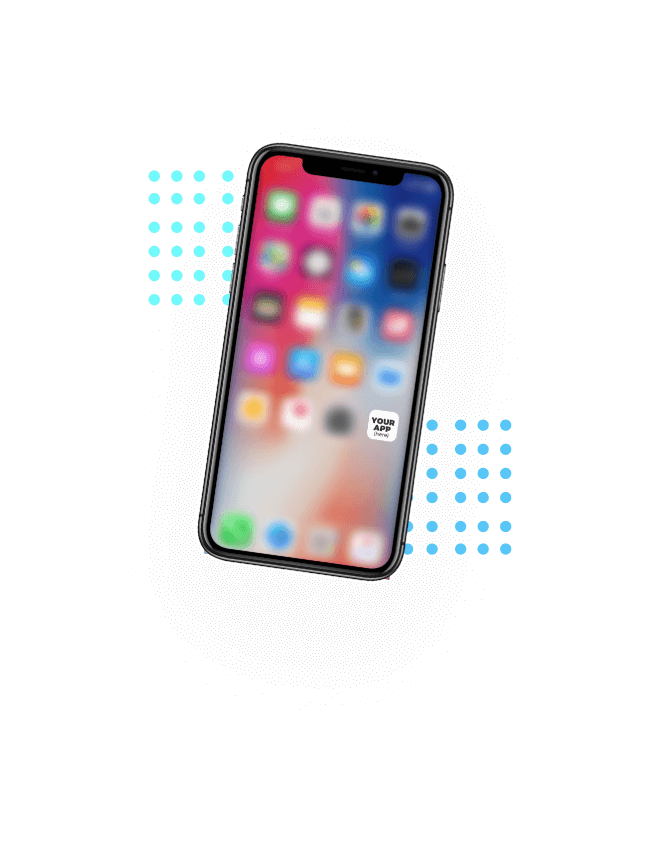Employee communications can be difficult when teams can’t always have a computer on hand.
Conveniently for me, I’m usually at my desk. If I’m not, I can reach for my phone or just lug my laptop bag around with me. That way, I can at least stay in touch with everyone while I’m on the move and continue to get updates.
But if there’s one thing I’ve learned from conversations with communications experts and leaders whose teams work on the front-line, it’s that front-line workers benefit from different approaches to communications than their in-office counterparts do.
Here’s a rundown of some of the best ways organizations can reach their deskless teams.
Communication Solutions for Deskless Workers
Communicating to mobile workers who are on their feet, on the floor or on the road can be a challenge. You just can’t expect a utility worker who is dozens of feet in the air fixing up a power line to be packing a MacBook and have their Slack open.
So, let’s first look at exactly what everyone means when they say ‘deskless workers’ and then spotlight some ways to keep them in the communications loop.
What is a deskless worker?
Almost every organization today has some amount of deskless workers. They’re out there doing as much work as you are—they just don’t need (or can’t have) a desk to get it all done.
These employees, who are found in industries ranging from healthcare and retail to telecommunications, are typically working on the front-line, on site grounds, in the field, or outside of the company headquarters.
For managers and employee communications teams, reaching and engaging these on-the-move professionals can be be a bit of a mind-bender, especially when their conventional methods aren’t resonating or sticking with them.
Front-line and deskless workers can’t have a laptop or computer on hand while working
The majority of deskless workers don’t have a laptop on hand while working. Or a desk, at that.
This means that they’re less able to read and respond to emails or have access to an intranet. They may have some digital resources on them like handbooks, protocols and so on, but rarely a smart device tied to the organization’s comms.
For communication teams trying to reach and engage a deskless workforce, it’s key to understand the differences and nuances of how these teams find, take in and respond to information compared to their coworkers who head into a specific office every morning.
Reaching them on their phones is the best way to communicate with them
Put yourself in the shoes of a frontline worker.
You could be on your feet all day: Operating machinery, helping customers, driving for hours – just busy and focused on the job at hand. That doesn’t leave much time to check emails or connect with head office and everyone else.
This is where‚—you guessed it —our handy smartphones come into play. These pocket computers are portable and very capable, two things which make them a great fit for deskless employees who have very busy days that are largely on-the-move and offsite.
It’s entirely reasonable for communication teams to expect deskless employees to have at least a few minutes a day to catch up with important communications on their phone. Unlike with a laptop, jumping into their inbox or messaging app is only a handful or swipes and taps away.
So: Now that you know that reaching for their phones first is a great way to connect with deskless workers, next you have to to find out what type of messaging resonates with each group and individual worker.
*I think we all find mobile-first communications much more convenient!
Front-line communications solutions best practices
- Asynchronous everything: As they’re clocking in at late hours and irregular shifts, front-line teams have to be able to access what they need when they need it.
- Keep it relevant: When they do find the time to log in, it’s best to keep their feed clutter-free and focused with only what they need to see.
- Simple and quick access: One of the main reasons for leveraging technology for front-line employee communications is that it improves accessibility. Be careful not to overcomplicate things along the way! Access has to be quick, and whatever tools they’re using to connect to the organization should require next to no training.
- Integrate, integrate, integrate: Remember that corner store by your house growing up? They sold canned food, dairy products, tools, fireworks—essentially everything you need (or didn’t know that you needed!) For the front-line, whatever platform they’re handed that’s supposed to keep them in the loop with resources and communications should be the only stop they need to make to find everything they need.
Get to know how, when and where to connect with deskless staff
Phones definitely provide a seamless and easy to implement solution to reach a large portion of deskless workers. For some workers, however, other communication methods may be better suited to reach them.
Time-tested channels like posters, display screens or print-outs in the employee break room may be a solution. Even traditional paper-based memos have their time and place within some organizations.
The most important consideration for deskless workforce management and internal communication teams is to get to know your staff, understand what their day-to-day shift looks like, and develop practical communication channels.
To best reach and engage each specific team or individual, managers and communication professionals need to first understand how these workers get their information.
Whether using employee apps accessible through a smartphone, or traditional channels like posters in the staff room, all types of deskless employees can be effectively reached and authentically engaged.

















